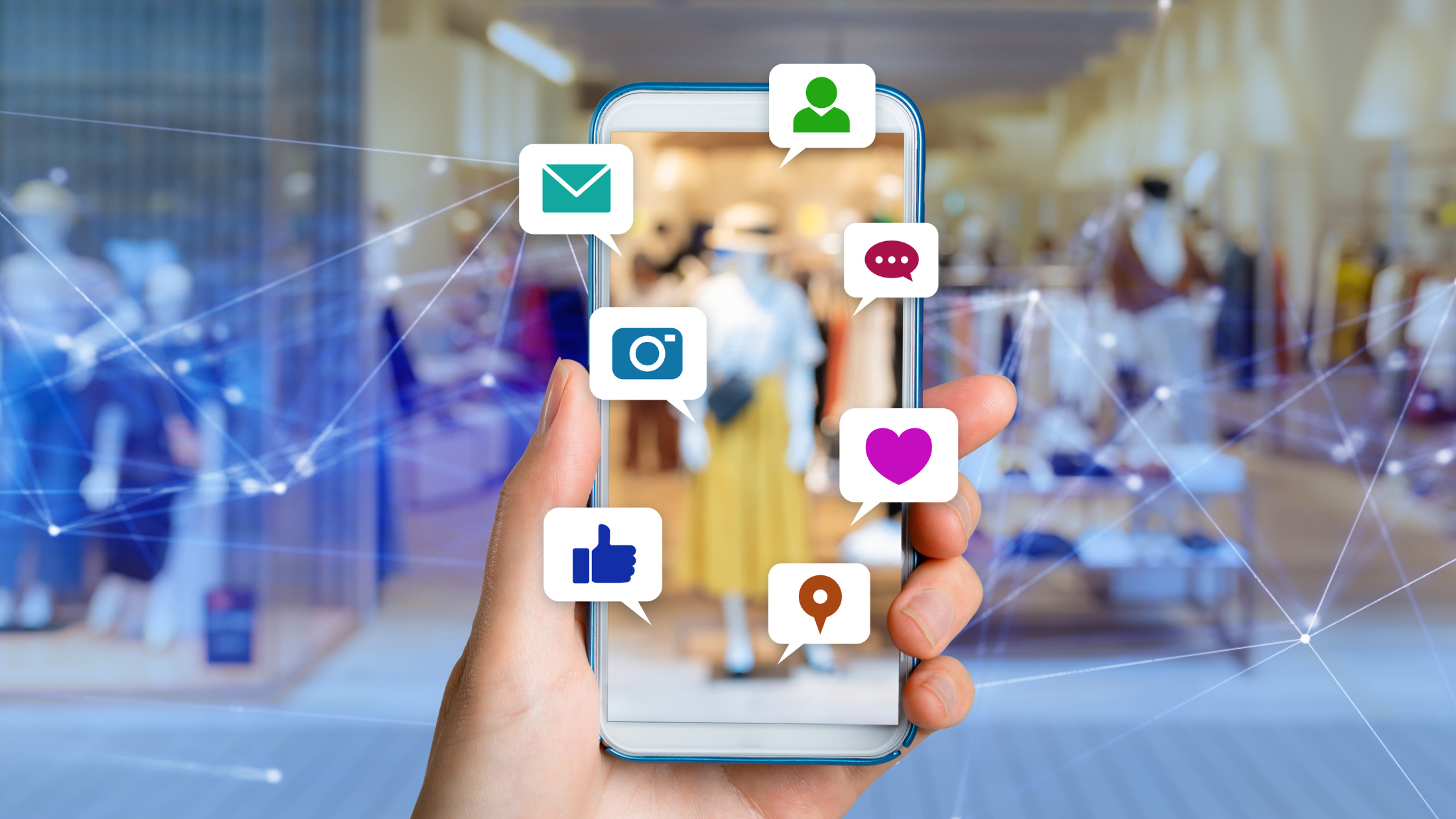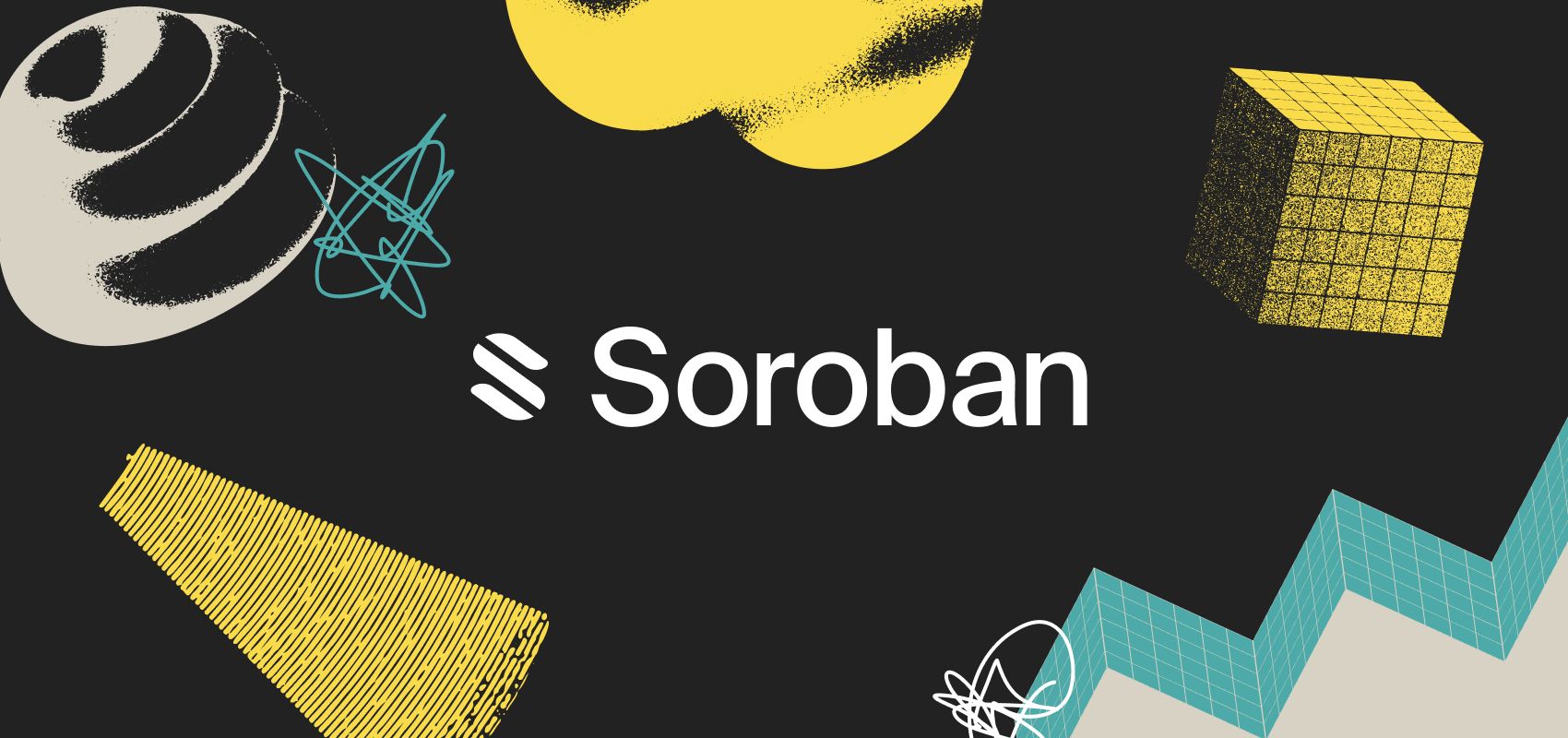In a recent blog, we explored how Web 3.0 and digital collectibles can not only support products and brands as a marketing tool, but instead become the main attraction itself as an integral component of a brand’s wider product portfolio, as merchandise.
Leading brands—from household to luxury—have been in on the game in the last few years. So, lets explore some of the most progressive use cases, examining brands who have made digital collectibles the stars of their show.
Why digital collectibles make perfect product sense
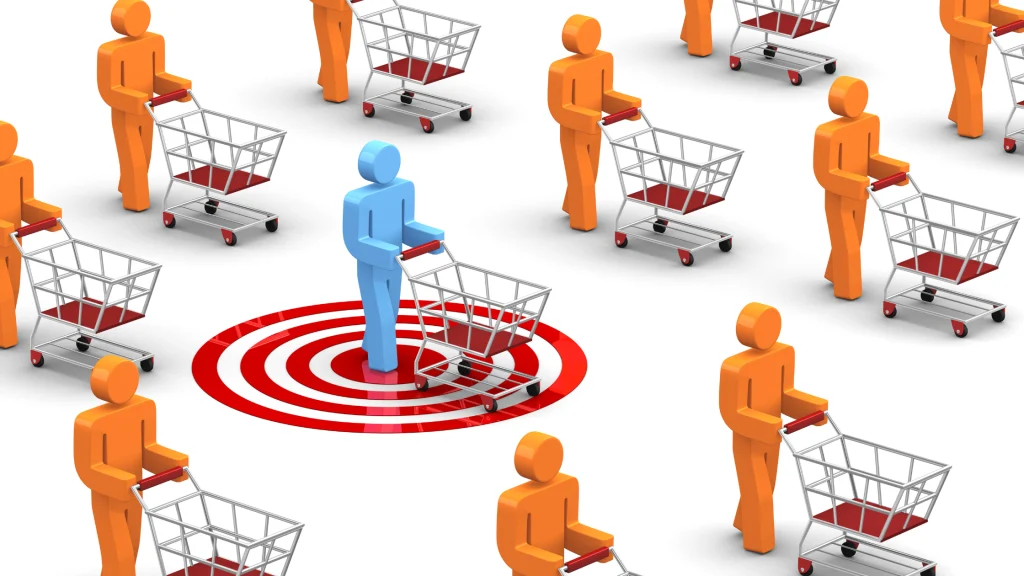
In setting up the case for digital collectibles as products in-and-of-themselves, we spent some time in our previous blog exploring the concept of ownership. We identified that far from the simple concept we might think it is, for some time society has understood ownership in a much more nuanced way. From stocks and shares to intellectual property and everything in between, it has been centuries since we’ve equated ownership only with tangible possession.
But if it isn’t about what you can hold in your hand, what is ownership? And why does it matter as an idea?
Whilst there are obvious economic and socio-structural elements at play, our previous blog focused on the psychological dimension and why it matters for brands and marketing professionals. We identified that the desire to own things is underpinned by four central psychological dimensions:
- Exclusivity
- Relationships
- A sense of community
- Interactive value
So, how then are contemporary brands playing into these elements of consumer psychology with their own digital merchandise?
Let’s take a closer look.
Exclusivity
Even though ideas of ownership have evolved, at the heart of the concept is the idea that something is ours, not anybody else’s.
Feeling special and unique still matters to consumers.
Digital collectibles have the potential to play into this idea perfectly when they are ‘dropped’ on a limited edition basis. See for instance Jacob & Co’s (a luxury jeweller and watchmaker brand) SF24 Tourbillon NFT timepiece: a one-off ‘digital’ watch (in the new Web 3.0 sense) which sold for a price not dissimilar to many of their other physical one-off timepieces.
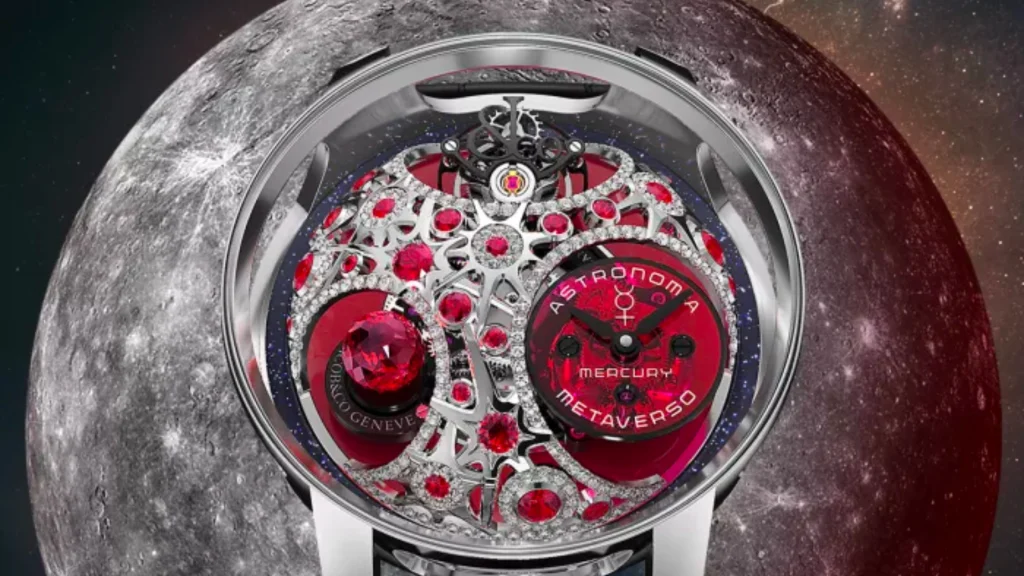
Is it any less exclusive just because it’s a digital image that anyone can see, rather than something only one person can wear on their wrist? Absolutely not. Just because an image can be duplicated doesn’t mean it loses its exclusivity: we’ve been buying Monet prints for years and nobody is pretending it holds anywhere close to the same value as that which hangs in the Louvre. Anybody can spray a girl with a balloon on a wall in Brighton, but that doesn’t make it a Banksy.
Similarly, with digital collectibles, it’s the internal knowledge of exclusive ownership that taps into your customers’ desire to feel pride, uniqueness and individuality. Digital Collectibles make customers feel special.
Relationships

Consumers pick brands because they see them as extensions of themselves; they echo the values, ideas, qualities and interests of the person in question. This sharing of common traits is of course a foundational element of personal relationship building. So it follows that customers often feel close—and want to feel closer—to the brands they consume.
Digital collectibles achieve exactly this. They provide a much more direct and open line of communication between brand and buyer, and allow customers to tap into the past and present of the brand, or explore a particular dimension or theme associated with them. A great example is this offering from Triumph Motorcycles, UK-owned motorcycle manufacturer, who have dropped collectibles relating to both their past – with a Steve McQueen-based NFT collection, and their present, with a set of 9,007 Bond-based collectibles. The latter sold out within seconds of their launch.
Alternatively, Web 3.0 tools can be used to create not just connection, but an active feeling of investment – personal and financial. Initiatives such as that of the restaurant-based SHŌ Club ‘sho’ (ha) how NFTs can function as membership cards which foster greater feelings of personal investment and real, meaningful involvement with the brand.
A sense of community
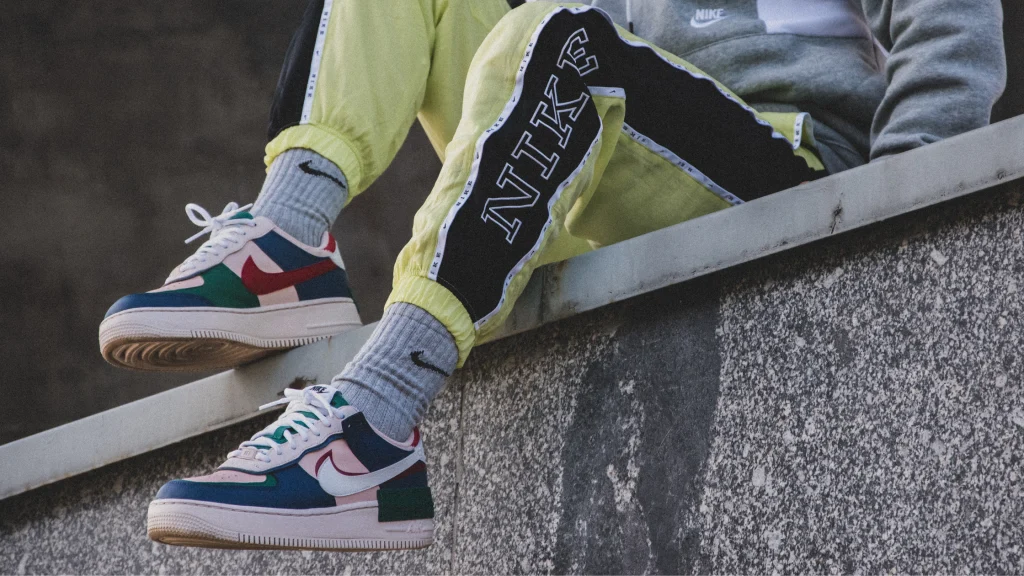
It’s well established that brands have the ability to create an almost tribal sense of belonging amongst their users. Think how militant Coke versus Pepsi drinkers are! Loyal brand users always have half an eye out for other people consuming the same brand as them, in some cases sharing a knowing glance or smile, or even striking up a conversation.
Digital collectibles have the potential to take this even further because of the ability to ‘build out’ behind the collectible: making the collectible both a desirable object-in-itself, but also a key to something further – an active, participative, ring-fenced online community. Nike for instance have focused on the creation of the Swoosh platform to immerse their fans in a whole world of digital collectibles.
But brands don’t need to necessarily build a whole platform; they can create a community which hinges around their digital collectibles through social media and shared communication spaces; through webinars, workshops, digital hangouts, forums, competitions and events. Whatever strategy you use for implementation, digital collectibles meet the deep psychological need of belonging: membership to a community of like-minded people with a shared value set and interest.
Interactivity
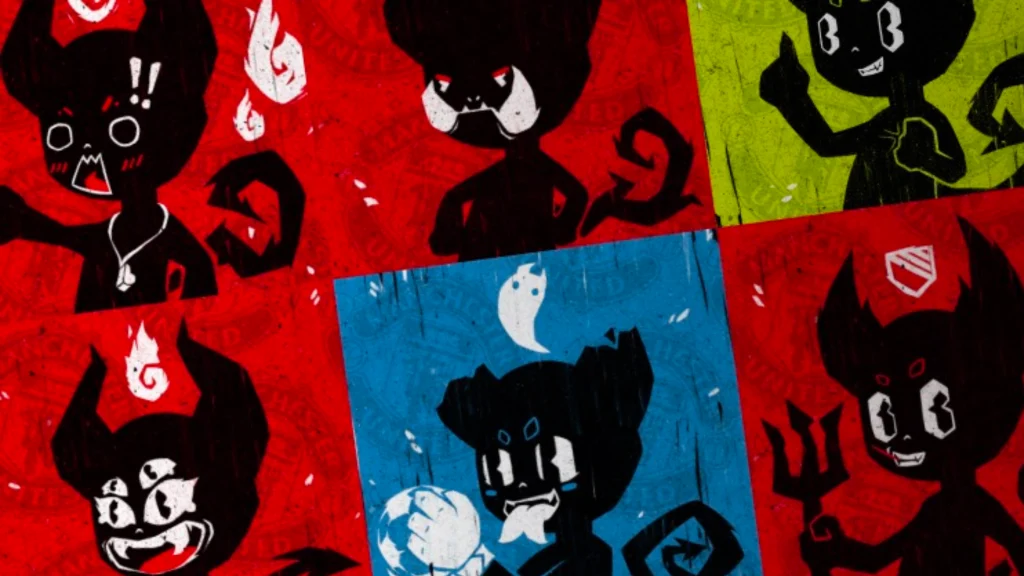
It can be tempting to believe that digital collectibles are passive in nature; images or certificates that just sit there. At least a physical product gives you something to do; to hold, play with, experience… Right? Not at all. Digital collectibles have just as much potential as actual merchandise – if not more.
On one level, interaction can occur at the level of creation. The Dudes, a community driven NFT project, doesn’t sell specific artwork, but the opportunity to generate a code-driven image at random, with varying levels of rarity. The process is an interaction between brand, consumer and serendipity – almost like gambling. Other brands, from fashion to athletic shoes and apparel, allow for the collectible to be actively used in a digital environment, in the form of avatars or other similar virtual constructions.
But digital collectibles also have the potential to cross-over from the virtual to the ‘real’ world. Manchester United, for example, have created the ‘Devils’, which interact with real-world occurrences (such as goals scored) to generate membership rewards for their owners. Unlike physical merchandise, they continue to create dynamic value for their owners.
Alternatively, Starbuck’s Odyssey throws just about every element of Web 3.0’s potential into the mix: digital collectible Stamps (NFTs) act as an access pass into a ‘journey’ through the world of coffee, both virtual and real-world, with rewards, competitions and community engagement all thrown in along the way.
How to create your digital product portfolio
The idea of selling digital collectibles as the product themselves—rather than as a marketing tool to augment and elevate a ‘traditional’ product sale—can seem daunting, if not outright bizarre. But it’s clear from the evidence above that the approach is already tried and tested, with a number of sector-leading brands pioneering the approach.
So, if you’re ready to take the plunge and transpose the things your customers love about your physical product into a digital environment, why not contact The Blue Marble? We can advise on how to leverage all the advantages of Web 3.0—its exclusivity, relationship building potential, community aspects and value-generating interactivity—to create a unique, desirable and collectible product that excites and invigorates your audience, from loyal brand advocates to those just starting out on their brand adventure with you.

